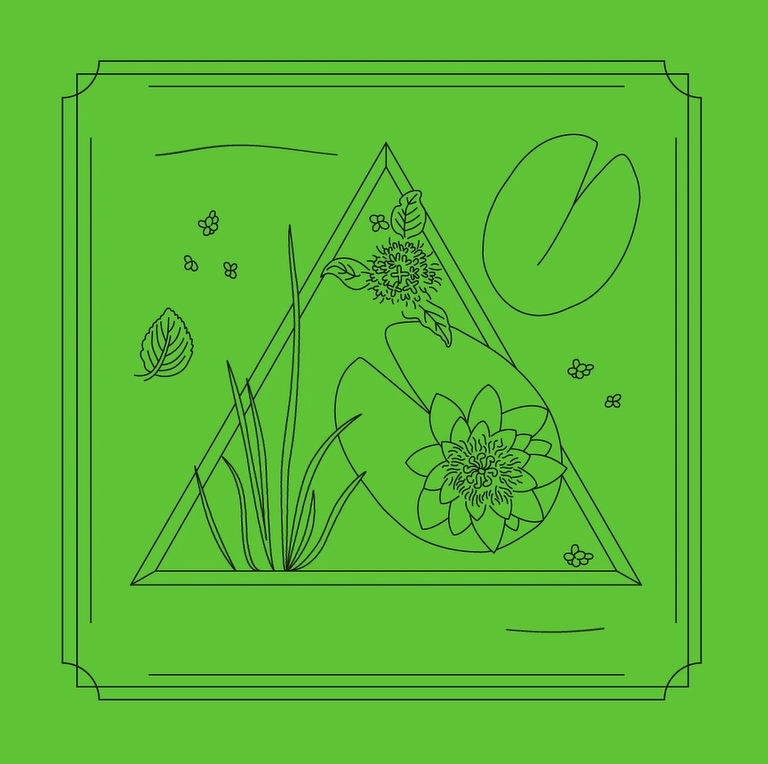Floating Islands. Guide 1.0.
We believe that smart design must be holistic, take into account every area of life. We do not focus only on interiors, we also care about our surroundings. Therefore, for several years at the Łódź Design Festival, we have been exploring the theme of greenery in the city – we have prepared Growroom, carried out tours around Łódź parks following the footsteps of edible plants, the Plant Advice Point, Rain Gardens, and then the Floating Island.

Floating islands – or Floating Treatment Wetlands – are nothing more than floating platforms made of properly selected plants. Such beings occur naturally in nature. They form spontaneously and are often the mainstay of wild birds. Even trees can grow on the larger floating islands. Thanks to their properties, islands with vegetation effectively support the natural purification of water, participate in the control of its temperature, and improve aeration.
How it’s working? Plant roots take up nitrogen, phosphorus and heavy metals dissolved in water, as well as pesticides and pharmaceuticals. The breakdown of more complex pollutants takes place with the considerable contribution of bacteria that are able to metabolize these substances. The result of all these processes is the cleaning of the water reservoir and the restoration of its biological diversity. Of course, all the practical advantages of floating islands go hand in hand with aesthetic qualities. What’s more, building them is a great way to consolidate the local community around joint action.
If you are from an organization dealing with green or urban issues or you operate in a similar field and you want to receive a free printed copy of Guide 1.0, write to us at promocja@lodzdesign.com.
Note: publication available only in Polish.
Illustrations: Barbara Olejarczyk / Krzyżówka
Animation: Adrian Ciszek
Content: the project was developed in cooperation with the Katedra UNESCO Ekohydrologii i Ekologii Stosowanej Uniwersytetu Łódzkiego under the supervision of dr hab. Tomasz Jurczak, with the participation of a team consisting of: Konrad Budziński, Aleksandra Chamerska, Paweł Jarosiewicz and Elżbieta Urbaniak.






